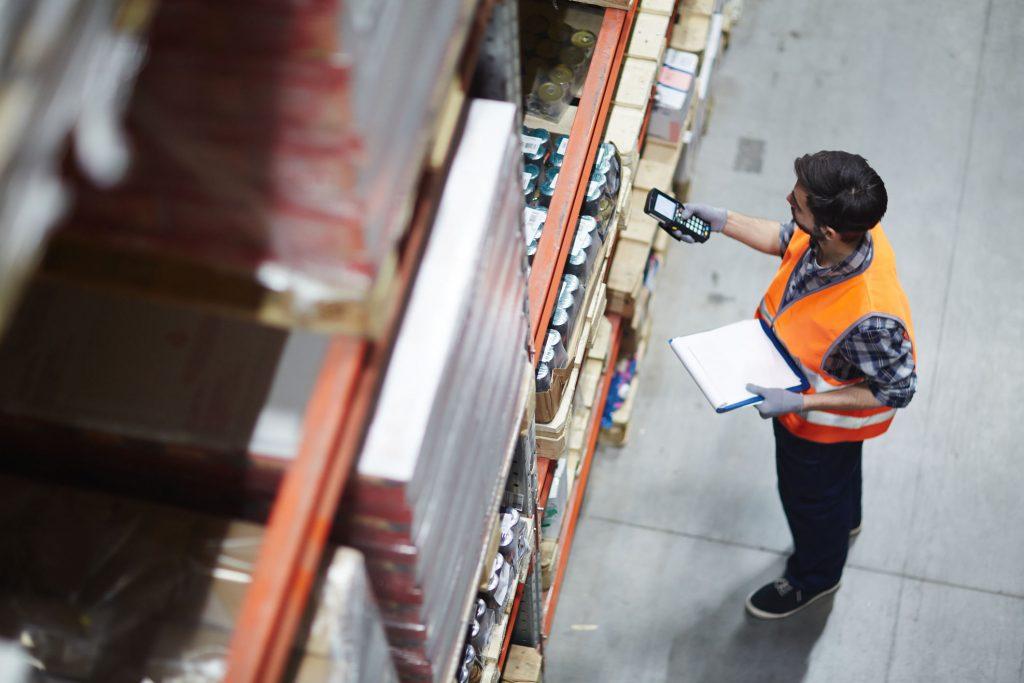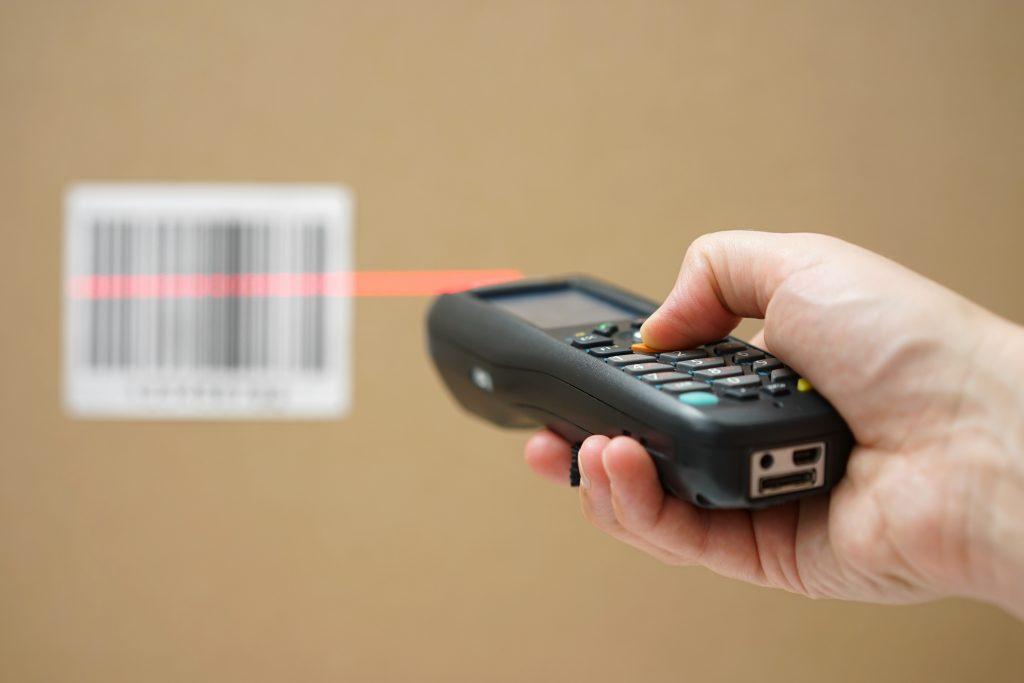Efficiency remains at the forefront of improving business operations. Supply chains demand accuracy and fast processing in order to meet market compliance and service demands. Warehouse operations constantly need to be updating and taking advantage of emerging technologies in order to improve.

For organisations wanting to stay ahead of the competition, they can’t afford to fall behind on the latest technology trends. The demand for better customer service and even faster delivery times is on the rise, and warehouses are an important step in the supply chain that feel the pressure to meet these demands. Here are some examples of the kinds of technology and processes that are driving warehouse operations and capability improvements.
Real-Time Data
Gone are the days when paper records were updated by hand and the latest updates were only available when they had been written down. Today, warehouses demand instant, up-to-date data and information about the goings on inside their operations.
Warehouses are constantly updating and rearranging their stock, it’s vital that information regarding their stock levels is updating in real-time to ensure the highest level of accuracy. The likes of asset tracking systems has meant that even large scale operations can track their ever-updating stock levels in real-time. This information is then easily accessible to everyone in the supply chain, sometimes including the customers themselves, who can check the stock levels of items they wish to buy online to see whether it’s available.
Vehicle Monitoring
Transportation of goods is an important element of the supply chain. Whether it’s delivering raw materials between warehouses or sending the final product to retailers, making improvements to how warehouses transport their assets is a key way to improve efficiency overall.
There are many products and services that can provide the likes of vehicle monitoring, from cameras to tracking devices. With vehicle tracking, managers can see the routes their drivers take and how they drive, and then through this data collection they are better equipped to make suggestions for improvements. Managers can design and optimise more efficient driving routes and identify any problem areas taking place during transportation.
Barcode Scanners
The introduction of barcodes and barcode scanners into warehouse operations has completely revolutionised their efficiency and functionality. From receiving deliveries, storing stock, picking, packing, sorting and shipping, barcode technology has completely streamlined the process and all but eliminated the margin for errors.
Paper records are prone to human error; barcode scanners pick out and process information almost instantaneously, organising it and storing to so that it can be used to see exactly what’s going inside warehouse operations. Stock data is more accurate than ever, and this not only benefits organisations but the customers who can also take advantage of this available information to receive quicker and more efficient service.
Mobile Technology
Whilst asset tracking technology provides huge improvements to warehouse operations overall, being able to use this technology wirelessly on the go from anywhere in the warehouse takes it a step further.
Mobile technology allows workers access to these systems instantly from anywhere, allowing them to print labels, scan barcodes and update their stocks on the move. Computers no longer need to be confined to one desk in one location, they are now small enough to be carried in a worker’s hand or strapped onto a belt for use anywhere. They are also designed for extreme warehouse conditions, such as dust, shock and dirt. Additionally, the information collected can then be automatically shared across all devices, so all warehouse workers will have up-to-date data available to them in their handheld devices.

Drones
Drones seem like the kind of technology you’d see in a sci-fi film, but they’re fast becoming a reality in the likes of the supply chain. Demand for rapid delivery has seen their usage on the rise, with drones being used for last-minute, quick delivery. The rising demand for quicker delivery has meant that some consumers expect a same-day delivery, and drones are a great way to tackle this demand.
Take the online marketplace giant, Amazon. They have recently implemented Amazon Prime Air, a future delivery system they plan to use to get packages to customers in 30 minutes or less using unmanned drones. They are still currently in the testing phase, but Amazon hope to start using it one day to deliver their packages to customers.


















